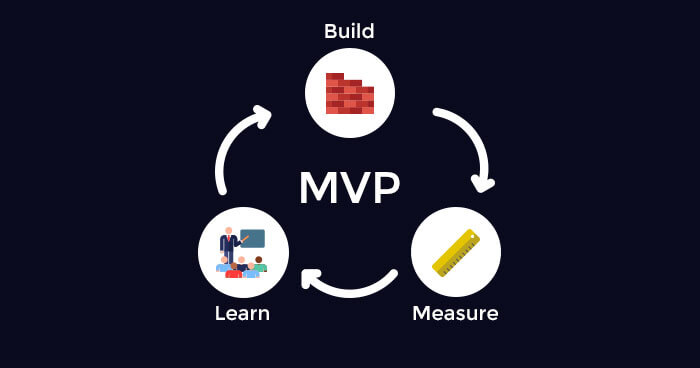
Introduction
The Minimum Viable Product (MVP) is a design pattern that’s been used in startups for years. It’s an intuitive way to test your product idea by building something close to the final version, and then making changes based on feedback. MVPs can be used by companies at any stage of development, but they’re especially useful when you’re just starting out or running out of money—you don’t need much money or infrastructure to get started!
Minimum Viable Product definition
MVP definition:
Minimum Viable Product is a product with just enough features to satisfy early customers, and to provide feedback for future product development. The idea behind the Minimum Viable Product (MVP) is that it should be developed with minimal resources and often used in the business world to test the viability of a concept, product or service.
The business advantages of an MVP
An MVP is a great way to test market demand. As you’re developing your idea, it’s important that you keep in mind how people will use and interact with your product. For example, if you’re launching a new app that allows users to create their own videos from photos on social media platforms like Instagram or Snapchat, an MVP could test whether or not people would actually use this feature. You could also ask users questions about how they’d like their videos made (e.g., “Wouldn’t it be cool if my friend could add music and effects?”).
If there’s no demand for the product yet—if there’s no interest at all—you won’t waste time developing something nobody wants! Plus, as mentioned earlier: an MVP provides insight into what features are most valuable for customers so that when scaling up later on down the line
MVP vs. POC
MVP stands for minimum viable product. It’s a term used to describe the first, or simplest version of something before you move on to more complex iterations. MVPs are created by developers and are very specific in nature—they solve one problem at a time.
POCs (proof-of-concept) are prototypes that have been built by users and can be used by others as well as developers to understand how they work, what they’re like and if they’re useful or not in terms of solving their own problems.
What to avoid when producing an MVP
When you’re building an MVP, it is important to consider overall user experience. The product should be easy for users to use and understand, and the features should add value to their lives. If your product doesn’t solve a real problem in their daily lives, then it’s not worth pursuing further development until you have something that solves that problem effectively.
In addition:
- Don’t waste time building features that don’t add value; instead focus on those that do provide critical information or functionality. If someone has asked for something specific from your app but hasn’t been able to find it yet (or if they’ve been unable to find it at all), then they will stop using your app altogether! This can lead directly into failure because potential customers won’t come back after being disappointed by poor UX design decisions made during development stage which leads us back again into point #1 above…
How to take your MVP to the next level
- Build on your MVP.
- Use the results of your MVP to develop a full product or feature set that is more appealing, valuable and useful than what you offered in the first version of your app or service.
- If you have an MVP that isn’t meeting its goals, don’t stop there! Instead, take another look at how it could be improved by focusing on one thing at a time until you’ve identified all areas where improvements can be made (this process might include adding features). Then use these insights as inspiration for creating new versions of each component so they work better together (e.g., make sure each page has enough information for users who need help).
An MVP is a great way for startups to investigate a product idea, test it in the real world and gather insights for future development.
In a startup, you’re always looking for new ways to improve your product and grow your business. With the minimum amount of features that will solve the problem, an MVP development for startups is a great way to investigate a product idea, test it in the real world and gather insights for future development.
MVPs also provide users with feedback on what they like or dislike about your product before expanding upon it further. This can be used by startups who want to know if there is enough interest among potential customers before investing too much time or money into developing their ideas further.
Conclusion
In short, an MVP is a way to test your idea and get valuable feedback. By creating an MVP you can quickly gather information about what people think of your product and give them the opportunity to use it. You’re not just testing a product but also its business model, marketing strategy or even competitors! This article has outlined many benefits of using this approach including how much time will be saved on MVP app cost compared with building from scratch
